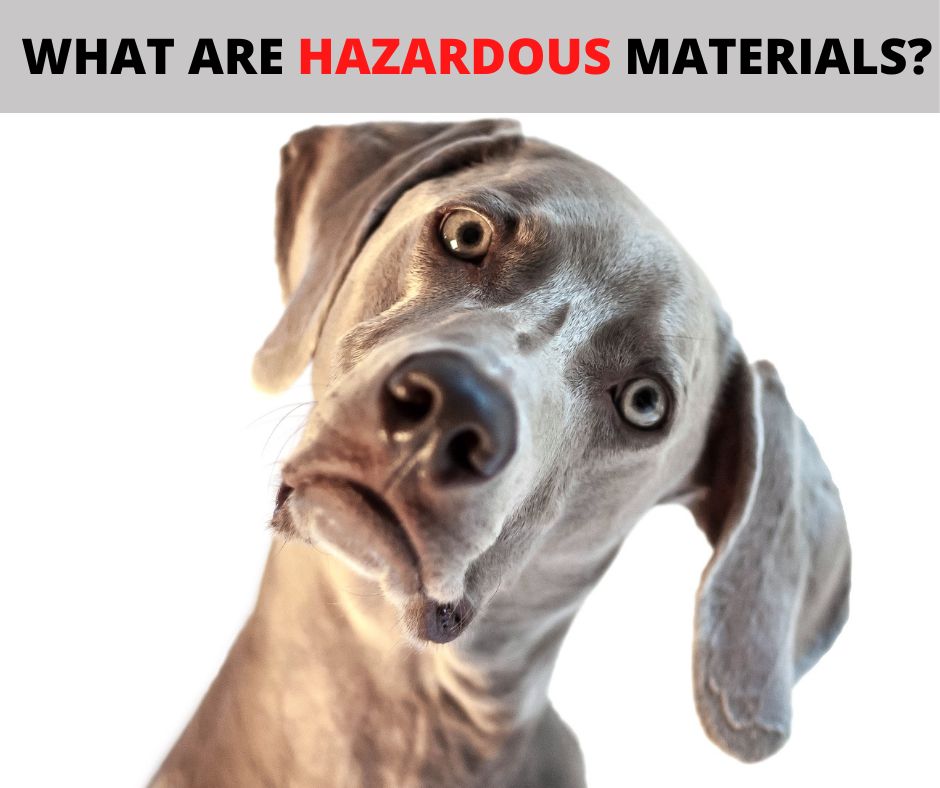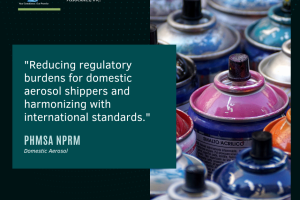What Are Hazardous Materials?

The Merriam-Webster definition of a hazmat or haz-mat is:
a material (such as flammable or poisonous material) that would be a danger to life or the environment if released without precautions.
While a good starting point for what a hazmat (hazardous material) might be, for those of us who move around in the confusing world of hazardous materials, we understand that the Webster’s’ dictionary is not the final say on what is defined as a hazardous material. There are groups of governing bodies within the US that define, regulate, and enforce hazardous materials laws and regulations. Some of these groups include the U.S. Environmental Protection Agency (EPA), the U.S. Occupational and Health Administration (OSHA), the U.S. Department of Transportation (DOT), and the U.S. Nuclear Regulatory Commission (NRC). While each group has similar definitions, there are nuances and additions that make each one unique and costly for the unaware.
While OSHA does not have a hard-fast definition of a hazmat, it has in the past defined or clarified it as any substance or chemical which is a “health hazard†or “physical hazard†listed or designated under (A) through (D) of 29 CFR 1910.120(a)(3) or an exposure which results or may result in adverse effects on the health or safety of employees.
Much like OSHA, the EPA does not clearly define a hazardous material, but chooses to focus on hazardous waste which is defined as waste with properties that make it dangerous or capable of having a harmful effect on human health or the environment. Per the Institute of Hazardous Material Management, the “EPA incorporates the OSHA definition, and adds any item or chemical which can cause harm to people, plants, or animals when released by spilling, leaking, pumping, pouring, emitting, emptying, discharging, injecting, escaping, leaching, dumping or disposing into the environment. (40 CFR 355 contains a list of over 350 hazardous and extremely hazardous substances.).â€
The DOT defines hazardous materials as any substance or material which is capable of posing unreasonable risk to health, safety, and environment when transported in commerce. Its regulations can be found in 49 CFR (Code of Federal Regulations) Sections 171-180. The DOT regulates all modes of transport within the United States including:
Highway / § 177 Rail / § 174,
Air / § 175, Water / § 176.
However, once you leave the boarders you enter international regulations and this is covered in IATA and IMDG (International Air Transportation Association).
And last, but certainly not least, the NRC regulates the use of radioactive materials through Title 10, Part 20, of the Code of Federal Regulations (10 CFR Part 20). Simply put, the NRC regulates materials that are considered hazardous because they produce ionizing radiation.
While this is somewhat of a broad introduction into what hazmats are, to receive regulation updates, industry news, and exclusive special offers don’t forget to SIGN UP for our newsletter. You can also find us on Facebook, LinkedIn, and Twitter. If it’s industry leading training and compliance you want give us a call at (724) 899-4100 or visit us at learnhazmat.com and one of our team members will be waiting to help you achieve all your compliance and safety goals!




